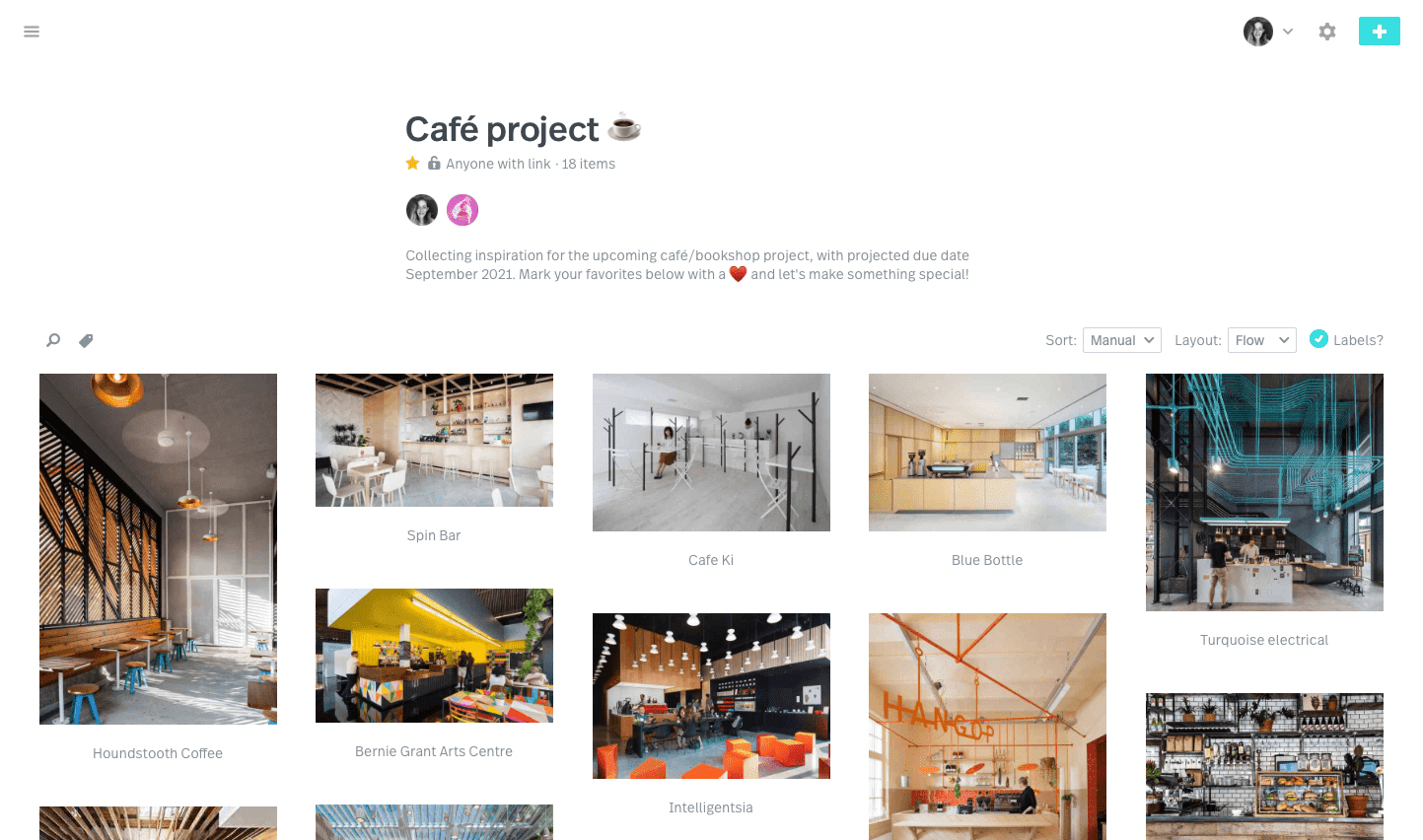Reverse Engineered - Fishwife
With retro illustration and playful UI/UX, Fishwife’s energetic branding hasn’t just made tinned fish sexy, it’s reminded us that packaging can be fun again. They’re not the newest brand on the block, but with the skies turning gray for winter, we were craving a dive into a brand built on bright color, bold imagery, and unapologetic playfulness.
Founded in 2020, Fishwife took a dusty pantry staple and brought it into the spotlight, turning it into both a cultural object and a lifestyle brand. Through eye-catching packaging and a thoughtfully whimsical digital experience, they’ve created an illustrated world you can hold in your hand and click through. Working with illustrator Danny Miller, their digital-first presence leans heavily on brand building and storytelling, shaping an identity that extends far beyond the tin.
Once we started picking apart the details, we found so many delightful choices: saturated color used with confidence, a serif + sans-serif type pairing that feels retro yet modern, subtle microinteractions, illustration-as-UI moments, and a dozen other details that come together to create a cohesive, charming experience. It drives a genuine compulsion to start a tinned fish obsession…even if you’ve never enjoyed a sardine in your life. Here’s some of what we found:
A color strategy that expands the packaging universe
Fishwife immerses you in a vibrant color palette. Each SKU has its own vibrant hue, and the website uses those colors as full-bleed backgrounds, section dividers, and product page accents. This creates instant recognition: the same color that hits you on the shelf greets you on the screen. Rather than defaulting to white, they let color do the storytelling.
Serif + sans serif type pairing that feels like retro-modern charm
The friendly serif Recoleta adds warmth and a touch of retro storytelling, reminiscent of old cookbooks. Paired with a clean sans serif, Albert Sans, for more minor details and product info, striking a balance between playful and practical.
Photography styled to amplify the packaging
Fishwife’s photography seems simple, yet it anchors the site’s visual rhythm. The tins feature photography with a simple, plain background that complements the color palette. Images are cleanly composed, with ample negative space, allowing the illustrations to be the hero. Product stacks, angled tins, and overhead shots add dimension to the compositions without clutter. Lastly, recipe images and lifestyle shots use soft, natural light and gently textured surfaces to balance the bold packaging.
Microinteractions that add life without slowing you down
Hover effects and subtly animated accents bring personality to each interaction. They are tiny moments that don’t feel gimmicky but more like a digital wink to the viewer. These microinteractions, like product card tilts, subtle JavaScript wiggles on handmade SVG illustrations, and the deep retro drop shadow on buttons, mimic the energy of the packaging illustrations, creating continuity.
Why it all works
The illustrated packaging sets the tone, the photography grounds it, and the UI/UX carries that energy into motion, interaction, and narrative. On the shelf, the tins are vibrant little objects. Online, they become portals into a larger illustrated universe.
Check out our brand dissection on Dropmark and get started on your own!













